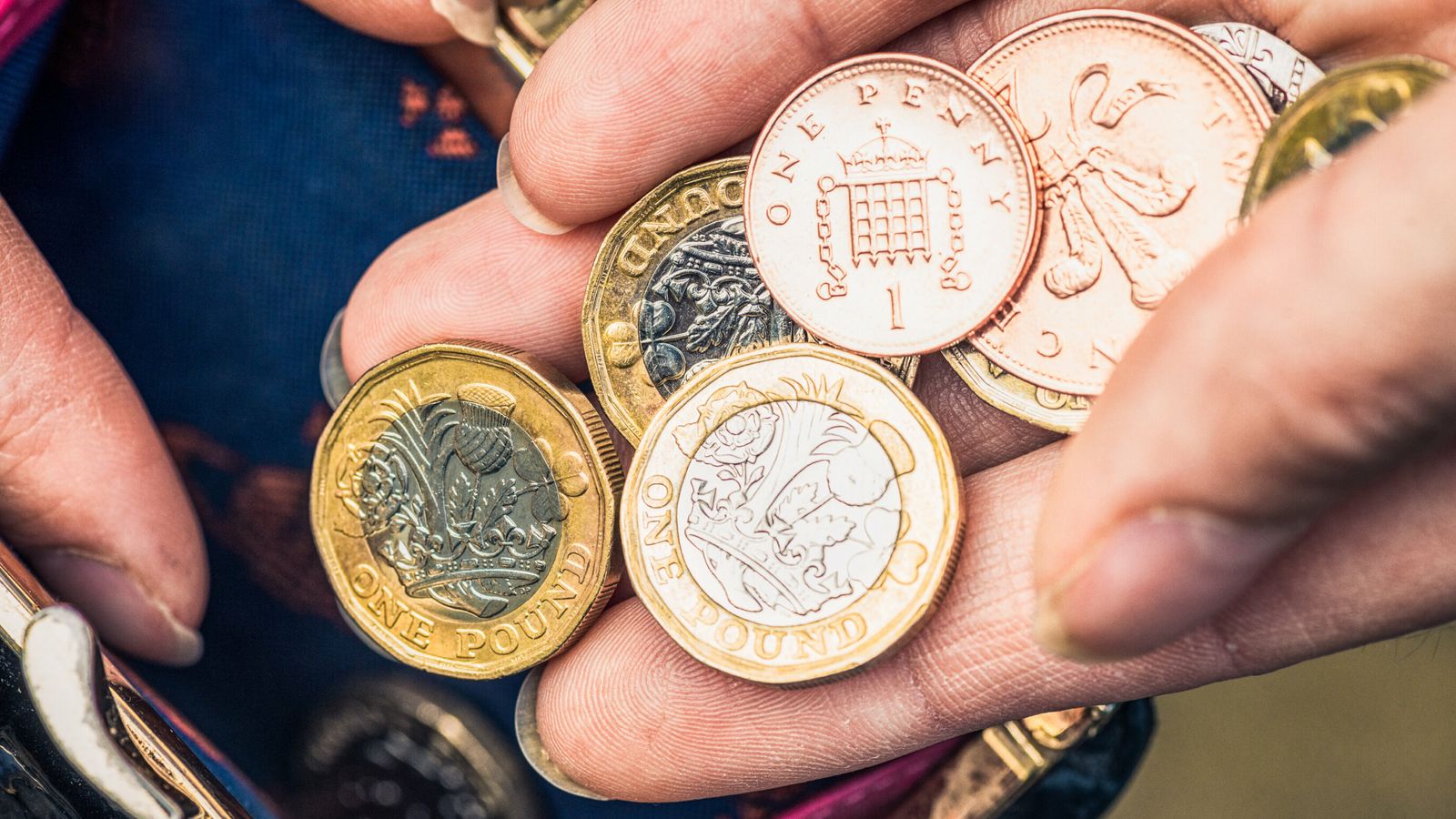
As we emerge into the world of Web3 and the metaverse, we are starting to see methods of data retention where the web user has full visibility and control of this — specifically through digital identities.
Usernames and passwords are a staple of the modern internet, and almost every service out there uses this method as credentials for access. This has led to some notable issues — one being that the data must then be stored on private servers outside of a person’s control, and the other being that these servers don’t always have the best security. The nature of this system takes power away from individuals, who can only hope their data is safe.
While this model has become the standard, it doesn’t have to stay this way. As we emerge into the world of Web3 and the metaverse, we are starting to see methods of data retention where the web user has full visibility and control of this — specifically through digital identities. These identities, in some cases, can help owners prove the legitimacy of their online profiles, professional credentials and so much more.
We’re still in the dial-up phase of Web3 and the metaverse and this technology has yet to be used to its full potential in modern life. It’s time for consumers to take back control of not only our data but our digital identities.
A New Type Of Identity
Imagine a world where your social, financial, medical and professional data could be held in your phone in the palm of your hand, but without the fear of any of this data being compromised — where you as the holder would have complete visibility and accessibility at all times. This is the vision behind digital identities on Web3 and the metaverse.
Already, people have most of this information stored online, but it’s under the control of multiple third parties and may not be secure.
This is why your digital identity is your human right. A person should own their own data and their own identity, and it should be theirs to share.
Another key use case for decentralized digital identity is the interconnectivity between social media platforms with the ID itself acting as a single credential for access and reputation. Currently, various social media sites are siloed. Twitter users are unable to bring their identity or brand image to another social media platform, leaving them to start from scratch with each social platform. A decentralized digital identity can carry all of the history, interactions and accolades with the owner through whichever platform they choose to use, allowing them to continue expanding their personal brand.
Join the community where you can transform the future. Cointelegraph Innovation Circle brings blockchain technology leaders together to connect, collaborate and publish. Apply today
Beyond Social Media
Then there’s the financial factor. Big tech firms are raking in revenue to the tune of $100 billion a year from advertising, based on collected user data. Clearly, there is a lot of value to this data, but the real price comes at the expense of the web user, whose data is being harvested to line the pockets of these big companies. With users in control, they can choose to monetize their data or not, but if they do, they can be the ones being compensated.
The medical industry could benefit massively, for example. Incomplete or inaccurate medical records can lead to serious miscalculations by practitioners, and different institutions don’t always share their data. This same idea can be extended to the field of education, finance, business credentials, social media interactions — this list is far from exhaustive. The key that makes this system empowering and not intrusive is making sure that owners are in the driver’s seat all the way.
There’s Still Work To Be Done
There’s a lot to be optimistic about when it comes to digital identity, but there’s more to be done to flesh out the infrastructure and drive adoption. For one, there simply needs to be more integrated services that leverage this technology and allow people to carry their identity with them. People need this system to be available everywhere for it to reach its full potential, and as of now, there aren’t many mainstream common services that are using digital IDs. This is changing fast, but it will take time to see complete consumer saturation.
To that point, early adopters of digital ID technology are mostly cryptocurrency users and services. The mass public and the majority of Web2 companies are only beginning to take notice, and it may take a bit of education to fully get them on board. There need to be good materials available for explaining the benefits of what these IDs hold, as well as smooth on-ramps for gaining access and understanding how to use them.
Lastly, there’s a general lack of standards surrounding the implementation of these IDs. There are multiple projects in the works, but no overarching outline for what they should act like or how they interact with each other. This will need to be figured out in order for the broader population to want to engage with them.
Even if there are still hurdles to navigate, this is more than just a vision; this technology is available right now. Multiple decentralized ID solutions have been developed and can be put to work immediately. It’s possible that one ID standard will rise to become the industry benchmark across Web3, or perhaps an ecosystem of interoperable IDs will emerge.
What truly matters is the benefit to the consumer. The ability to control your identity should be a fundamental right of every human being, and there’s no reason that shouldn’t extend into the digital realm. Decentralized technology has opened the door, and now we must choose to walk through it.
Sandy Carter is SVP and Channel Chief at Unstoppable Domains, a digital identity platform and Web3 domain provider.
This article was published through Cointelegraph Innovation Circle, a vetted organization of senior executives and experts in the blockchain technology industry who are building the future through the power of connections, collaboration and thought leadership. Opinions expressed do not necessarily reflect those of Cointelegraph.
Learn more about Cointelegraph Innovation Circle and see if you qualify to join








